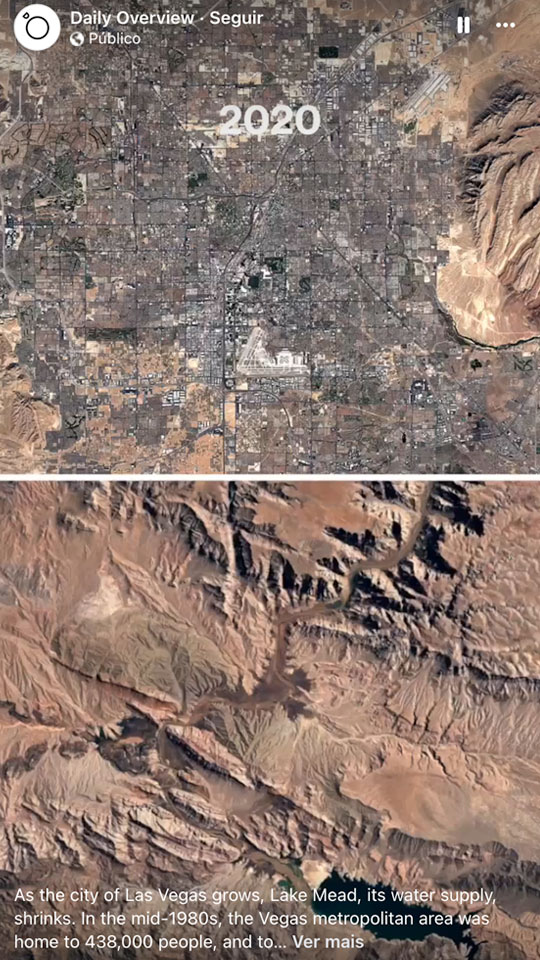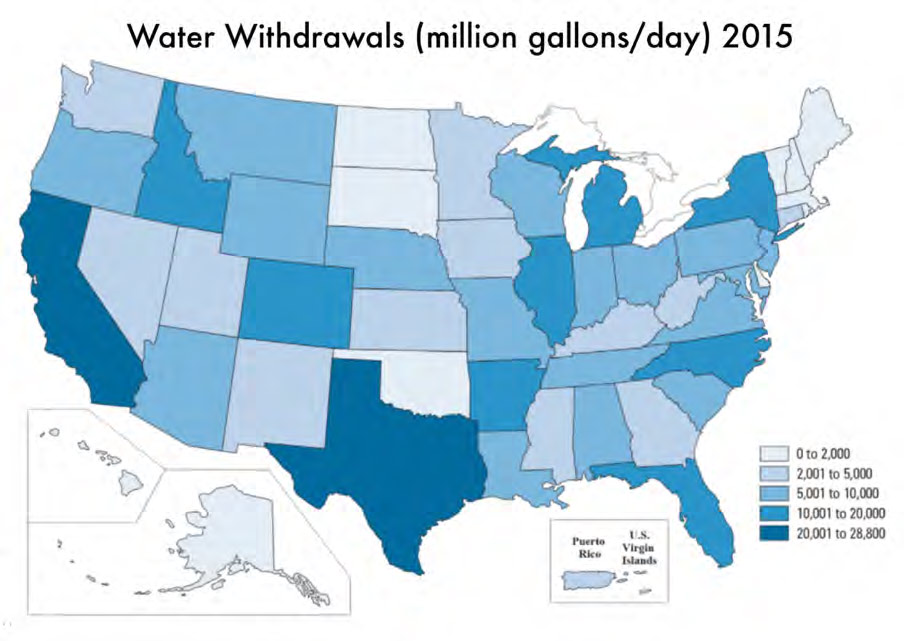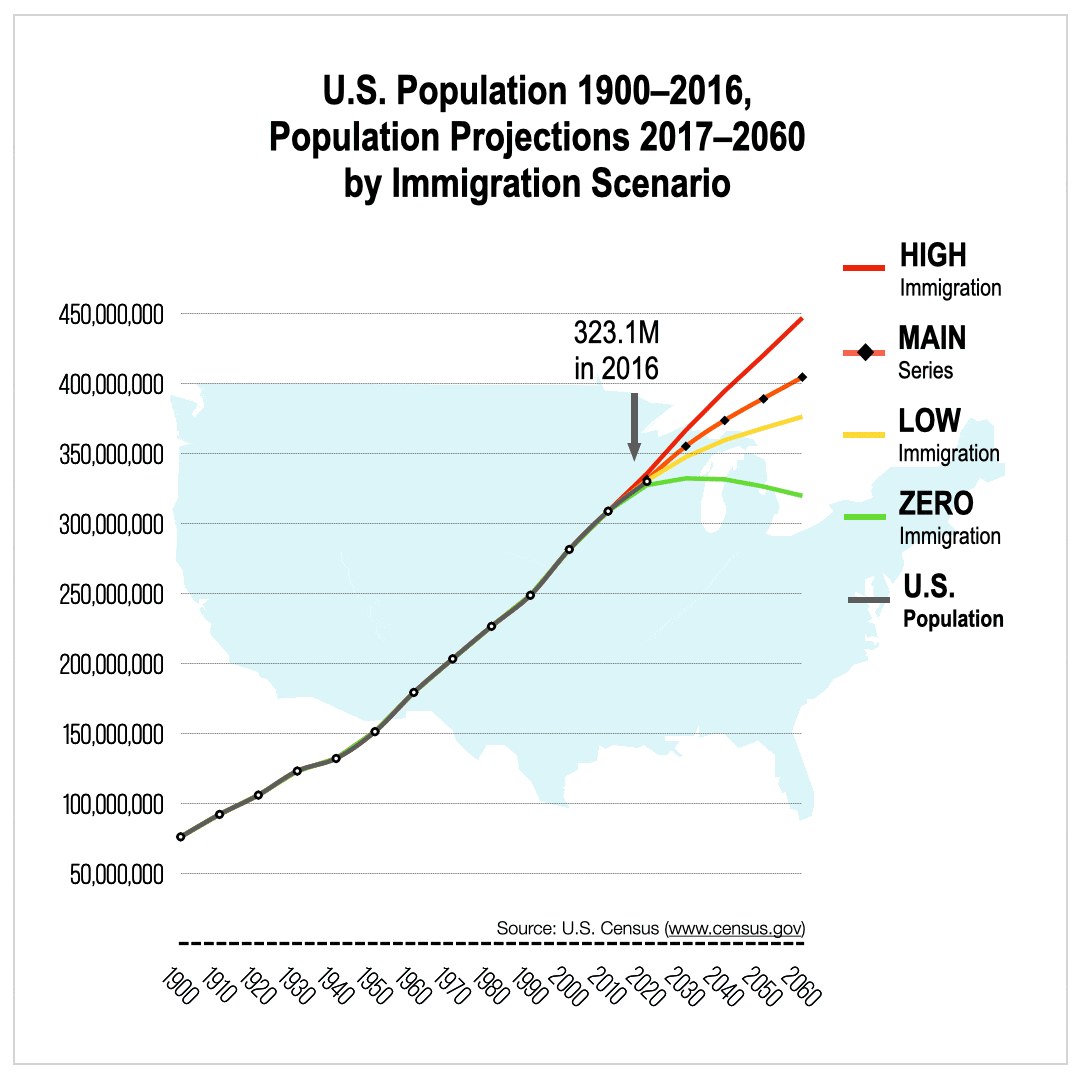A friend shared this timelapse video of Las Vegas’ increasing sprawl and Lake Mead’s decreasing water levels.


The video’s caption reads:
As the city of Las Vegas grows, Lake Mead, its water supply, shrinks. In the mid-1980s, the Vegas metropolitan area was home to 438,000 people, and today that population has ballooned to upwards of 2.2 million. Consequently, the lake’s water level has dropped from 1,225 feet in July 1983 to 1,059 feet in May 2022 — the lowest since it first began to fill in 1935.”
Las Vegas is an interesting example because it has – in recent years – decreased its total water consumption despite the increase in population. Las Vegas demonstrates that much more can be done around the country to conserve water on a per capita basis. In the desert city, at least, it’s not so much that population growth is causing Lake Meade to dry up as it is a case of two phenomena that are on a collision course.
Or, as the authors of NumbersUSA’s report, “From Sea to Sprawling Sea,” put it: population growth increases the “number of “straws” (or pipes and pumps) sucking on that diminishing pool of water. Growing demands are being placed on a shrinking resource.”
From the report:
Each and every day on average, the United States withdraws about 400 billion gallons of water for all uses — more than a thousand gallons per person. This volume of water would fill over four million swimming pools or 5,000 Rose Bowls to the rim. Figure 33 shows total water withdrawals by state in 2015.”

The United States has a relative abundance of water…except in the Southwest. Lake Mead, and Lake Powell, both fed by the dwindling Colorado River, are the largest human-made reservoirs in the U.S., and provide water to more than 40 million people, tribes, agriculture and industry in Arizona, California, Colorado, Nevada, New Mexico, Utah, Wyoming and across the southern border in Mexico.
Lake Mead, reached its high-water mark in July 1983, at 1,225 feet above sea level. But last month, the level was only 1,055 feet — about 30% full (or 70% empty).
It’s past the point where we can ignore the sheer magnitude of people drawing upon the Colorado River. Arizona gained 884,000 people between 2010 and 2021, in addition to Colorado’s 783,000 and California’s two million. Nevada and Utah also grew considerably. And there’s no end in sight. The Census Bureau projects America’s population will grow by another 75 million in the next 40 years, with roughly 90% of that caused by immigration.
According to Professor Robert Glennon, author of Unquenchable: America’s Water Crisis and What To Do About It:
Population growth is the elephant in the room, not just in the water crisis but every environmental problem. You can’t name one that doesn’t come down to the fact that there’s too many of us….Immigration is part of population growth and our national immigration policy is in dire need of reform. Everyone in the country understands that. And when we look forward we should also be facing the question of the numbers of people, not just who gets in.”

JEREMY BECK is a V.P., Deputy Director for NumbersUSA